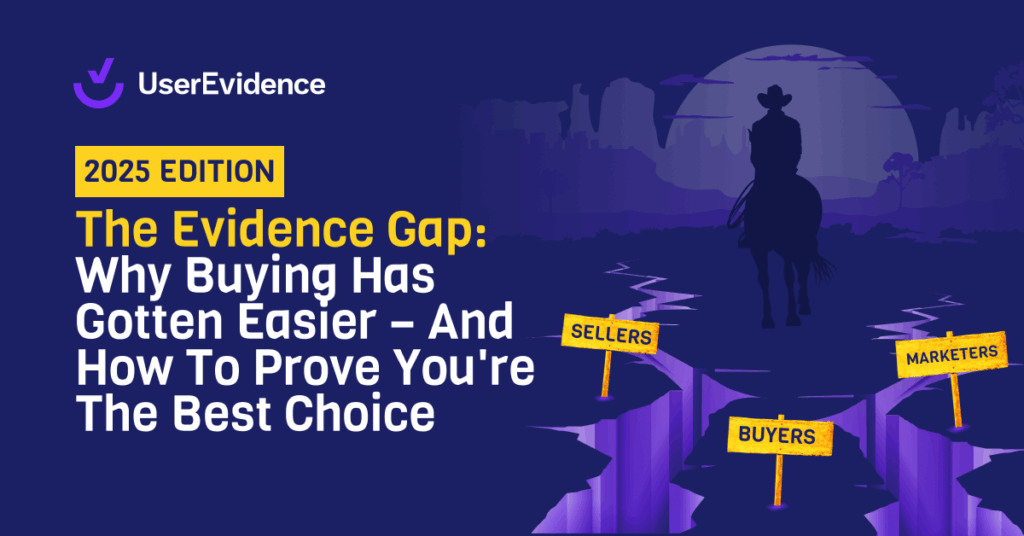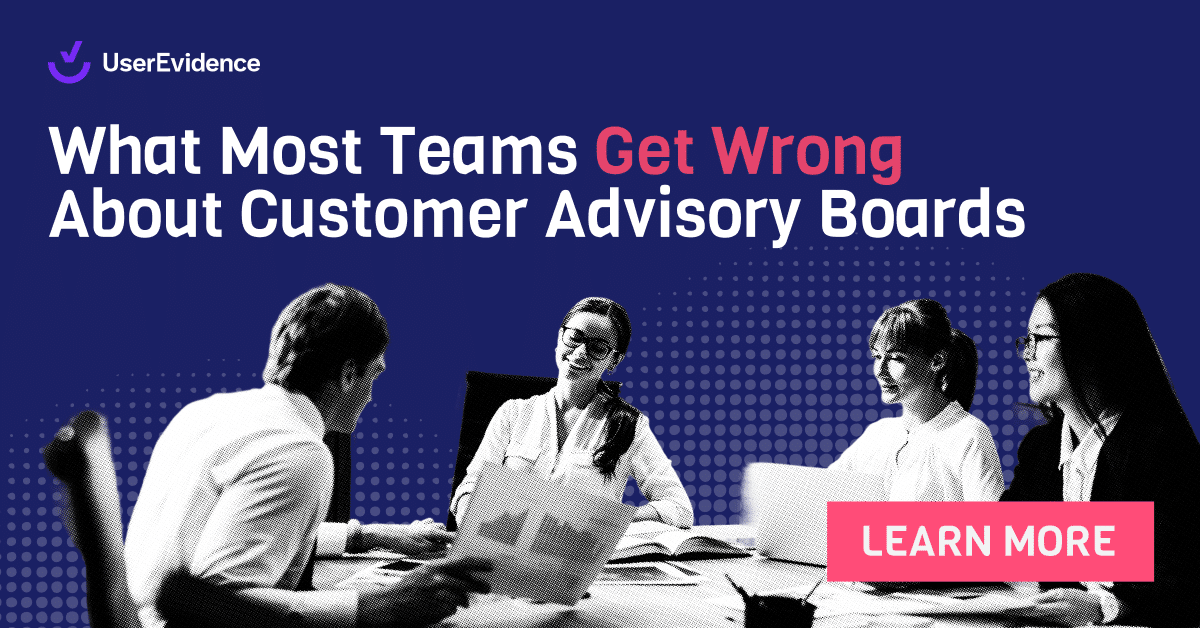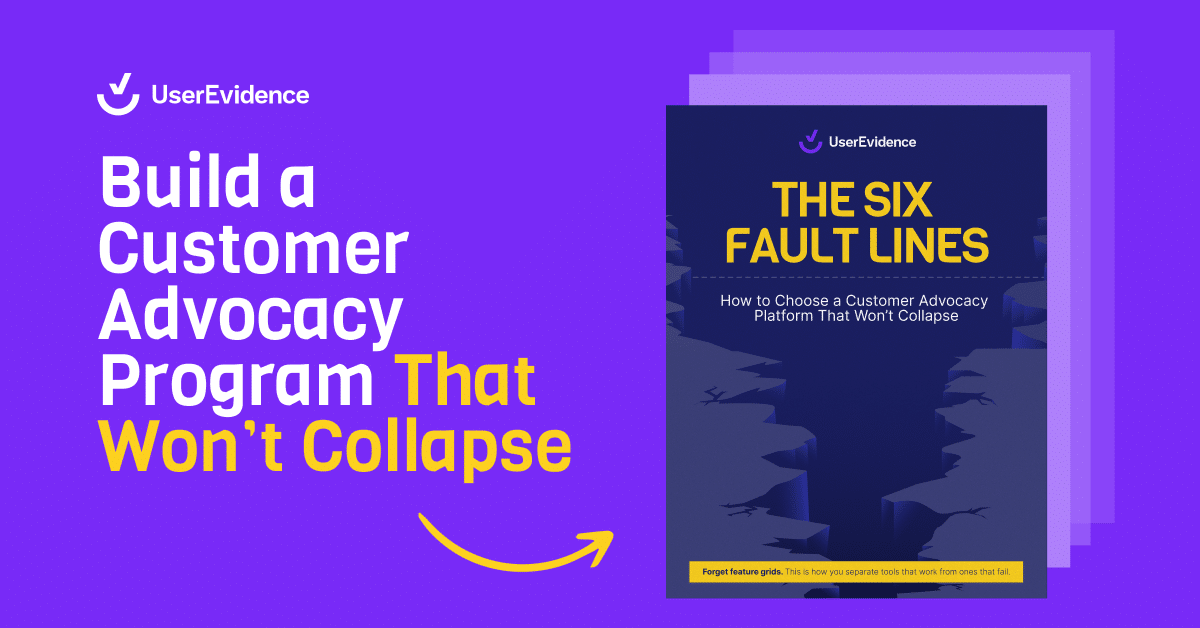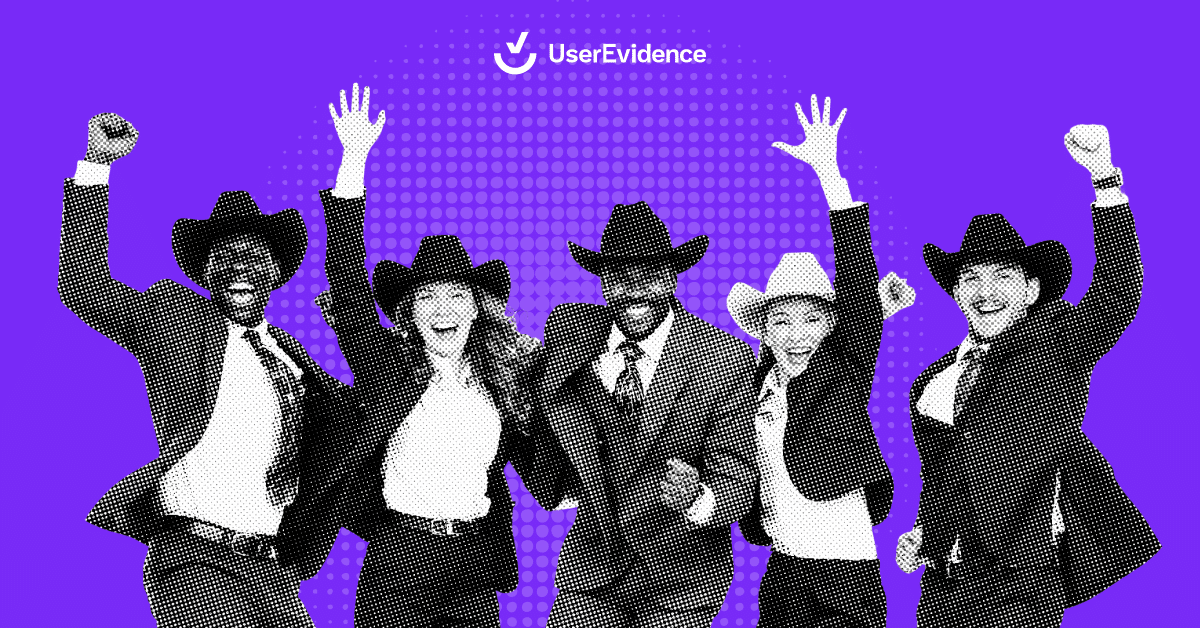“Why should I pick you over X competitor?” The dreaded question every sales person has been on the receiving end of in tech. Most of the time, it leaves them scrambling for a good response, or making something up on the fly.
But what if they had the answer that they could easily reference? In many instances, it can be the difference between a deal going closed-loss versus closed won.
For years, companies have treated competitive intelligence as something reactive — pulled together when a deal goes south or when the board starts asking tough questions about win rates.
But as The 2025 Evidence Gap Report revealed, that approach is leaving massive opportunity on the table:
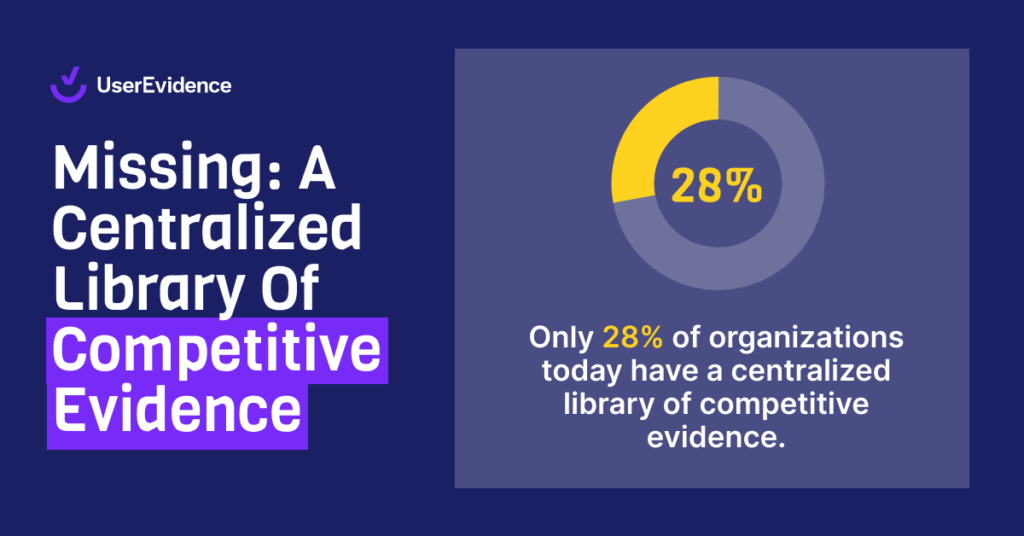
The evidence is clear: it’s time to build — and operationalize — your competitive evidence library.
Why the evidence gap exists
We’ve entered an era where every buyer interaction leaves behind a trail of evidence — call notes, win-loss data, review snippets, survey responses. The challenge isn’t access. It’s activation.
According to The Evidence Gap, 65% of collected customer evidence goes unused; buried in shared drives, Slack threads, or someone’s personal Notion folder.
And when it comes to competitive intelligence, that’s a problem. Because the sales rep who doesn’t have the right competitive proof point at the right time? That’s a lost deal waiting to happen.
Don’t stress. Instead, use our 5 step process to lay the foundation for an always-on customer evidence library.
Step 1: Start small and focus on automation
One of the biggest misconceptions I see is that building a competitive evidence library has to be a huge, cross-functional initiative. It doesn’t. Start simple.
At UserEvidence, we encourage teams to begin with closed-won surveys — short, automated emails sent to customers right after they choose you over a competitor. Ask questions that will give a clear, definitive answer you can use:
- Why did you choose us?
- Who else were you evaluating?
- What tipped the scales?
These responses are gold. They’re authentic, timely, and easy to collect. Layer in CRM-triggered surveys for closed-lost deals, and you’ve already built the foundation of your evidence library.
As we saw in The Evidence Gap Report, organizations that automate even one stream of customer evidence collection are 3.5x more likely to maintain an up-to-date library of competitive proof points.
Step 2: Organize for action
A competitive evidence library is only as valuable as its accessibility. The goal isn’t to hoard data, it’s to turn insight into impact.
Here’s what works:
- Tag by competitor so your sales reps can instantly find relevant insights.
- Curate the best examples (e.g. short quotes or stats that speak directly to differentiation).
- Publish in formats sales actually uses: slides, one-pagers, quotes, and even talk tracks.
Something that makes this insanely easy? Having a customer evidence product like User Evidence. But if not, it’s still possible to do, just a much heavier lift.
Final note—don’t forget to track usage. Evidence isn’t just content, it’s a sales asset.
Step 3: Train and activate your sales team
Evidence that sits collecting dust helps no one. The most effective sales teams leverage competitive enablement in an actionable way.
Here’s how:
- Flip the format: Frame evidence as answers to real buyer questions (“Why pick you over X?” “What makes you different?”).
- Train the talk tracks: Build them into your LMS or, if you’re scrappy, have reps record a quick Loom showing how they’d respond.
- Role-play it: Make practice part of your weekly sales standup.
- Show it working: Play real call clips where reps used evidence to win.
When customer proof becomes second nature—woven into how reps handle objections and close deals—that’s when your library starts printing wins.
Step 4: Let AI supercharge your evidence library
We’re entering a fascinating new era where AI isn’t just organizing evidence, it’s activating it.
There are AI-powered products that can automatically pull insights from Gong calls, customer surveys, and third-party reviews: summarized, anonymized, and ready to use.
That’s not science fiction. It’s already starting to happen, and when used effectively can lead to a 19% higher win rate improvement compared to peers without automated systems.
Step 5: Measure what matters
You can’t improve what you don’t measure. The metrics that matter most when building your competitive evidence library include:
- Sales confidence scores in competitive scenarios
- Most importantly: win rates against key competitors over time
As The Evidence Gap research emphasized, evidence-driven organizations that track these metrics see a 23% higher ROI on sales enablement programs.
Final thoughts
Competitive evidence isn’t just about knowing your rivals. It’s about knowing your customers better than anyone else. It’s about transforming every deal, every conversation, every customer choice into a teachable, repeatable advantage.
And as organizations close their own evidence gaps, one thing is clear:
If you want to increase your win rate in 2026 and beyond, building—and effectively using—a competitive evidence library is key.
Ready to start your own evidence library? See how UserEvidence can help you automate, organize, and activate your competitive proof points.
_________________________________________________________________________________________
In 2026, the most effective PMM teams won’t be the ones with the prettiest PDFs. They’ll be the ones who can answer any real buyer question, on demand, with customer-verified proof.Stop chasing formats. Start shipping answers. Check out The 2025 Evidence Gap Report to understand how you can rethink customer evidence to win more deals in 2026.
